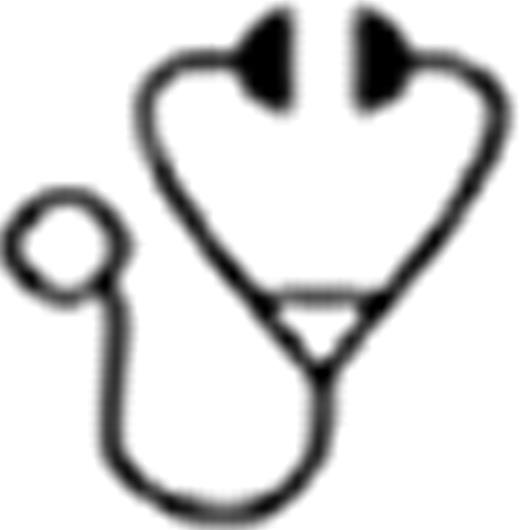Abstract
Abstract  2399
2399
Antithymocyte globulin (ATG) and cyclosporine (CsA) is standard therapy for severe aplastic anemia (SAA). Currently, two different ATG formulations are commercially available: horse (ATGAM®, hATG) and rabbit (Thymoglobulin, rATG). We recently reported the first prospective randomized study comparing hATG vs rATG in treatment-naïve SAA. Surprisingly, rATG/CsA was markedly inferior to hATG/CsA as first treatment in SAA, as measured by the critical parameters of hematologic response and survival (Scheinberg P et al N Engl J Med 365:430, 2011). In vitro differences between these two biological agents have been reported (Feng X et al Blood 111:3675, 2008). We prospectively sampled patients in our randomized protocol by collection of blood before, during and after treatment in order to compare in vivo effects of hATG and rATG that might provide a mechanism for the large differences in clinical outcomes. Our assays included measurements of ATG blood concentrations, cytokine levels in patients' plasma, and T-cell phenotypes during immune reconstitution at different time points, including before, weekly in the first month, month 3, and month 6 after ATG treatment. Using an enzyme-linked immunoabsorbent assay, we show that in 26 rATG and 28 hATG-treated patients, both ATGs reached high plasma concentrations 2 days after administration and peaked (109.4 ± 3.3 mg/ml and 261.7 ± 22.8 mg/ml for rATG and hATG, respectively) at week 1, then decreased gradually. hATG concentration decreased by 22%, 45%, and 77%, while rATG decreased by only 6%, 22%, and 49% from the peak when assessed at week 2, week 3 and month 1, respectively. Plasma cytokines of 22 hATG- and 23 rATG-treated patients were measured by a 27-plex cytokine magnetic bead-based Luminex assay. Both ATGs induced massive, transient cytokine release (MIP-1β, IL-8, IL-10, IL-13, G-CSF and IP-10) within two days of administration. By week 2, rATG as compared to hATG administration was associated with much higher levels of IL-17 (p < 0.001), GM-CSF (p < 0.001), TNFα (p = 0.012), IL-15 (p = 0.016) and MIP-1α (p = 0.015); this late phase effect correlated with the production of human anti-ATG antibody. By flow cytometry, both ATGs decreased lymphocyte numbers dramatically immediately on administration, but lymphocytes, especially CD4+ T cells, in hATG-treated patients recovered much faster than they did in rATG patients. The percentage and absolute number of T cells reached pre-treatment levels at about 2 weeks after treatment in hATG-treated patients, while for rATG-treated patients recovery to pre-treatment levels did not occur until about 6 months after therapy. Although the total absolute number of T lymphocytes in rATG-treated patients remained lower for longer periods of time, the percentage of CD4+CD38+ in T cells was higher, suggesting that activation was induced in rATG-treated patients. The percentages of regulatory T cells (CD4+CD25highCD127low) and CD3+CD4−CD8− cells were also higher in rATG-treated patients. However, the higher frequency of regulatory T cells was negated by the more marked absolute CD4+ depletion after rATG. rATG was found bound to lymphocytes up to 28 days and hATG up to 14 days after initial infusion. We conclude that hATG and rATG have strikingly different pharmacokinetics and effects on lymphocyte subsets and cytokine release. These differences may be related to their efficacy in suppressing the immune system and restoring hematopoiesis in aplastic anemia and their utility in other clinical circumstances.
No relevant conflicts of interest to declare.
Author notes
Asterisk with author names denotes non-ASH members.

This icon denotes a clinically relevant abstract

This feature is available to Subscribers Only
Sign In or Create an Account Close Modal